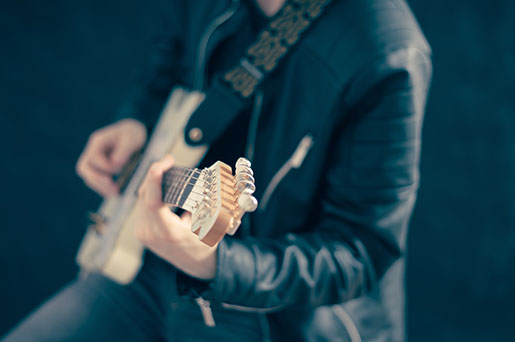
Do you experience back pain after practicing your guitar for extended periods of time?
Or feel a bit of tension in the wrists after playing those overreaching barre and power chords?
Do not fret (pun intended)! These are signs of tension buildup.
Tension buildup is quite common among beginning guitarists. Awareness of what is causing the tension is the first step to tackle the pain.
In this article, we’ll look at six common causes of tension in guitar playing and how to fix your posture to avoid them.
1. Guitar Posture: Sitting
Probably the most common cause of pain and tension when playing guitar is due to poor posture.
Learning how to sit with proper posture is easy enough, however, developing it into a habit can be very difficult.
One thing I like to think of when trying to improve posture is to think of “lengthening” my back rather than trying to “straighten” it. The problem with trying to “straighten” your back is that most people end up overarching it. You can lengthen your back by imagining a string pulling your head towards the ceiling.
Improving your posture is the quickest way to avoid tension, pain, and even numbness from developing in your body.
One more thing. Invest in a quality chair!
Chances are you'll be doing a lot of sitting, so make sure your chair is giving you the ergonomic support you need. And even when you have a good quality chair, you still need to get up and take a break every so often. A few minutes of rest is very good for your body, eyes, and mind.
2. Bring the Instrument to You
One of the main reasons we hunch our backs while playing guitar is because the instrument feels like it is far away. The key to correcting this is to bring the instrument towards you, and not your body towards the instrument.
The solution is simple:
You need something to step on so your leg is slightly raised up, which in turn raises your instrument. A guitar footstool can easily accomplish this, but, honestly, it can be anything that you can step on. A stack of books will work just as well.
Just like in this video below between 0:55 - 1:18, you can see what I use to step on to bring the guitar closer to me.
3. How to Hold a Guitar
When you hold your guitar, your fretting hand should not be involved in keeping it in place. Try this:
Sit down and assume your regular playing position. Now, raise your fretting hand. If your guitar starts to wobble around, or worse still, does a face plant, then you’re probably not holding it right.
You should be using your strumming arm to hold it against your body. Some people use their bicep to clamp their guitar towards their body, but I prefer to use my forearm. Whichever works best for your body should be fine.
4. Our Shoulders, the Port of Tension
We harbor most of our stress and tension within our shoulders, and the same can be said when playing guitar. One thing that happens quite a bit is my shoulders tend to creep upwards when I’m playing a difficult or fast passage.
Playing with your shoulders raised creates unnecessary tension, so occasionally check in on your shoulders to make sure they are still nice and relaxed. The unawareness of your raised shoulders can lead to shoulder aches and pains. This is the most common site of pain and tension while playing guitar, so pay attention to this area.
As I demonstrate in this video between 0:25 - 0:37, relax and loosen up your shoulders.
5. Finger Pain
Another common point of pain is at the fingertips due to the constant friction along the strings. Some pain should be expected, but your fingers will eventually grow calluses and that pain will go away.
However, if a few months have passed and your fingertips or finger joints still hurt after playing guitar, you’ll want to check on your fretting technique.
The way to use the least amount of force to get a nice and clean sound is to place your fretting fingers near the fretwire towards the soundhole. This is true for both chords and single-notes. Always place your fingers near the fretwire, and, if that’s not possible, place them in the middle of the fret.
If that doesn’t help, then the problem may be your string action. The action is the distance between the fretboard and the strings. Very often, the strings are too high off the fretboard, which forces us to use a lot of strength to press down on them. Even the difference in half a millimeter can be felt in your fingers.
To fix this, you’ll have to bring your guitar to a shop to get a professional setup. It is possible to do it yourself if you are handy with tools, but I definitely recommend bringing it to a pro for your first setup. Most places will let you stay to watch your guitar being worked on, so you’ll learn a thing or two!
6. Guitar Posture - Standing
Our standing postures while playing guitar should be very similar to our sitting posture. The same principles apply here; lengthen your back instead of straightening it. We stand in a position of dignity when playing guitar.
Besides having your back and shoulders in their correct positions, we should also look at how to keep our instrument at a comfortable distance while standing. The idea is simple; we want to set our guitar straps so that our guitar is roughly the same distance away from us as when we’re sitting and playing.
First, I adjust the strap while I’m in the perfect sitting posture. Adjust your strap so that your guitar sits nice and snug with you; any movement you make with your upper body should move your guitar with you.
After you’ve done this, your guitar should be more or less at the correct height when you stand up. Some slight adjustments will need to be made because most people prefer to have the guitar slightly lower so it doesn’t feel like the guitar is suffocating you. Pay attention to your wrist and ensure that it isn’t bent too much when you’re playing (which happens when the guitar is too low), and your shoulders are not raised when you play open chords (which happens when the guitar is too high). Spend some time raising and lowering the guitar to find what feels comfortable for you.
The Bottom Line
You can use this article as a know-how guide to understand the causes of tension buildup and body pain. By pinpointing the causes, you can maintain good body posture and finger placement.
Remember that slight discomfort is inevitable for guitarists at all levels, especially for beginners. At the end of the day, the best way to minimize any pain or tension is to take consistent breaks and stretch your entire body.
Furthermore, don't focus too much on your pain.
Some studies show that negative emotions can fuel physical pain. The best advice I can give to you is: don’t obsess over it. As long as you take breaks when you feel pain and tension, you should be fine. Other methods of releasing tension include yoga, meditation, breathing exercises, and physical exercise. Spend some time trying each of these methods out and see which one works best for you! However, if your pain persists, it’s also not a bad idea to talk to your doctor.
Now that you know how to assume the correct guitar playing posture and how to play guitar without pain and tension, all that’s left to do is to relax and just play some music!
About the Author: Ze
Ze first began his journey playing original music and top 40s pop tunes around the country's popular venues. Eventually, through the music of John Mayer, he found a strong attraction to blues music. Ze has years of experience teaching beginners and intermediate guitarists. Currently with Liberty Park Music he is teaching Introduction to Guitar Playing for Complete Beginners, Rhythm Guitar to learn about strumming, chords and more, Guitar Essentials as a fast-track review course, and lots of Song Lessons on pop and rock hits.


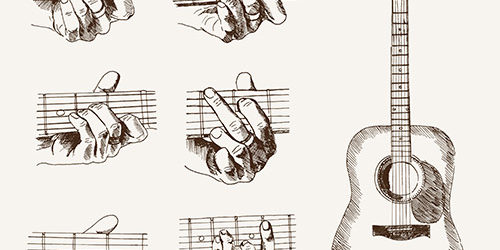

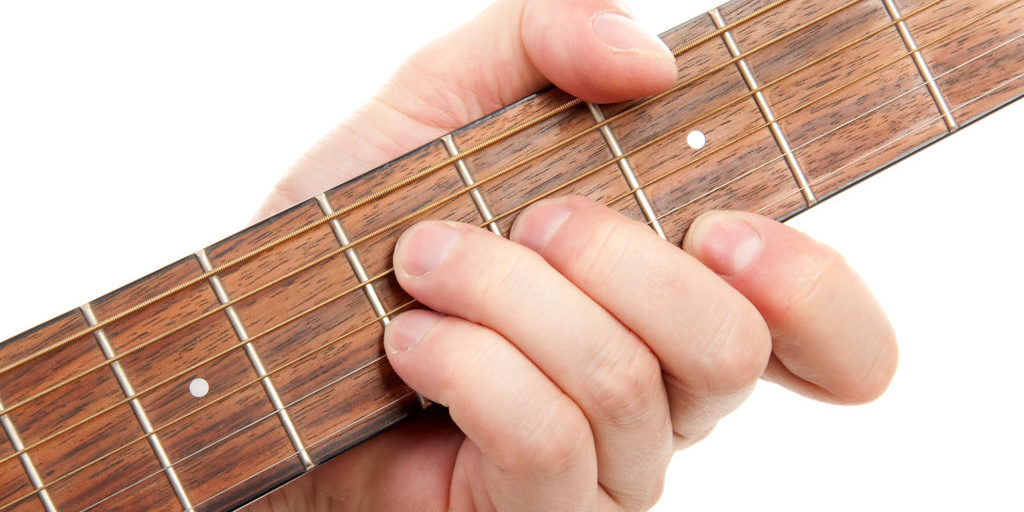
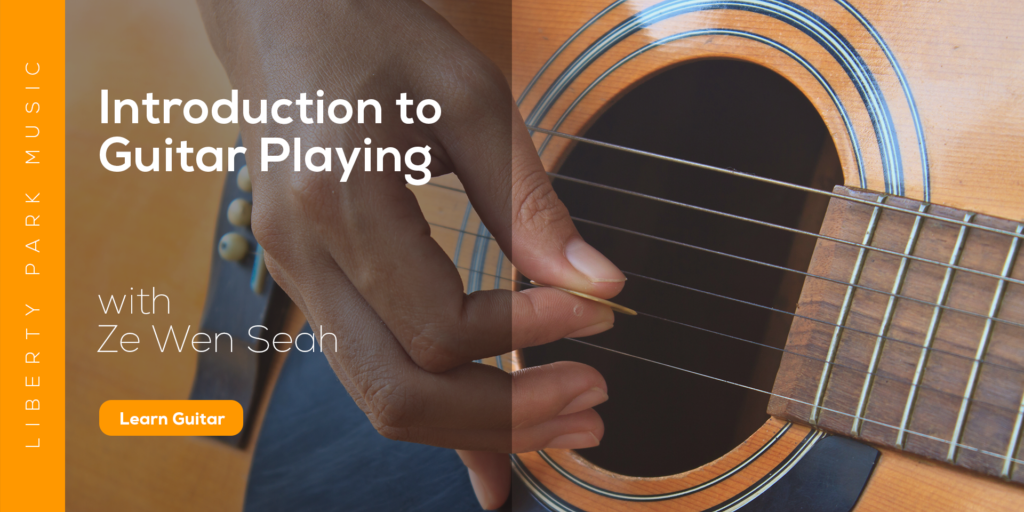
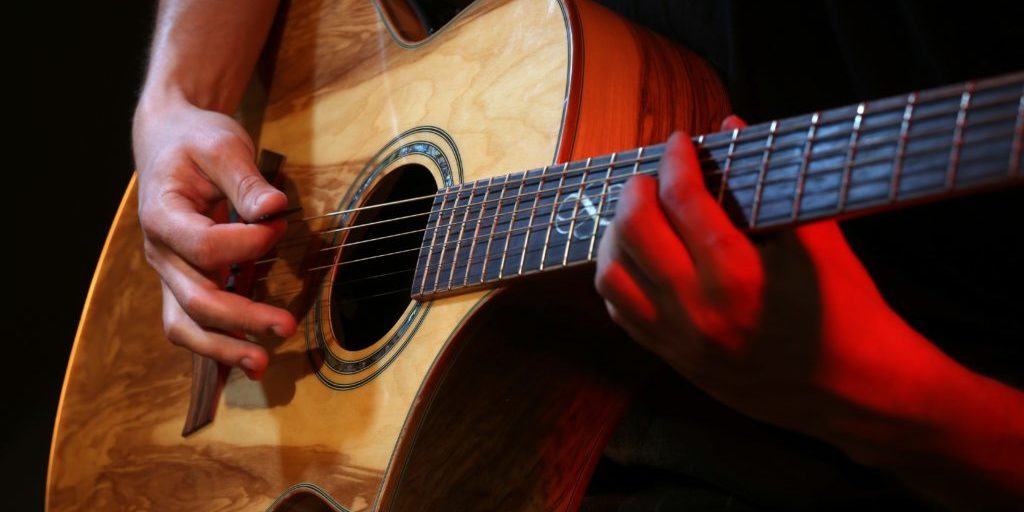
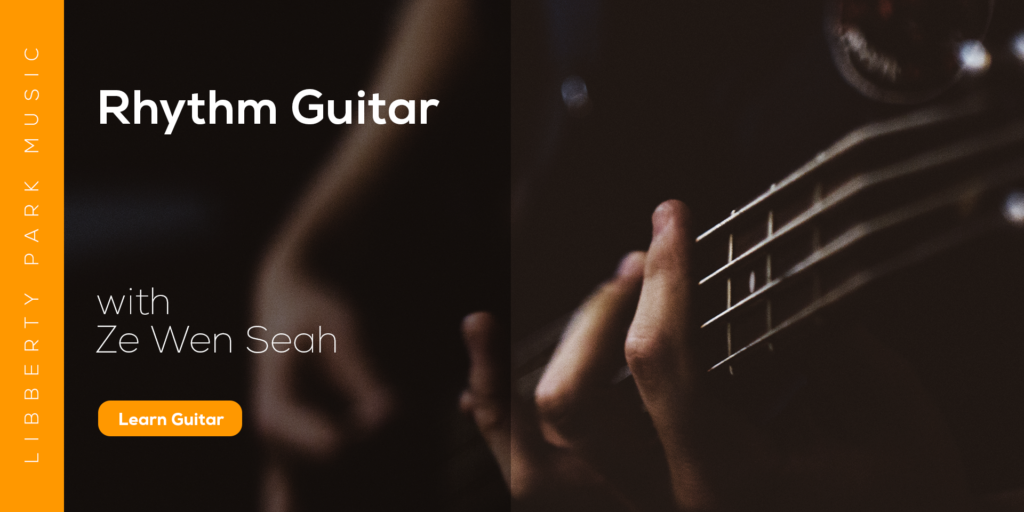
Yeah. After about sixty years of playing, I decided that I should be much better than I am.
So, I jumped into Rag-picking. And with finger-picks. So, at this stage, I’m about eighteen months into it. The last eleven months have been fairly intensive, about three hours a day.
I have to agree with all of your points. Without a doubt, pushing too hard has been my down-fall.
Once I can accurately play (in cut-time) sixty beats per minute, I stupidly push the MM up to as fast as I can play.
And I’m sure that playing at 110% of comfortable speed is a sure method to contribute to lousy playing.
But, it’s just one of the things I’ll have to fight against. I seem to think that if I can blunder through at 100 bpm, I should be really comfortable at eighty bpm.
Clearly, I’m wrong.
Thanks for your insight.
Russ
Guitar posture is so important whether you’re sitting or you standing. For practicing guitar, I highly recommend getting a guitar chair as it will allow you to adjust the chair to achieve the optimal playing position for good posture. This will allow you to practice guitar for much longer and under much less physical stress.
Thanks so much!
Justin
Great article. Love the emphasis on “lengthening” the back versus our idea of the possible over straightening!
Thanks! This is a great reference for helping me with posture after all these years of playing!